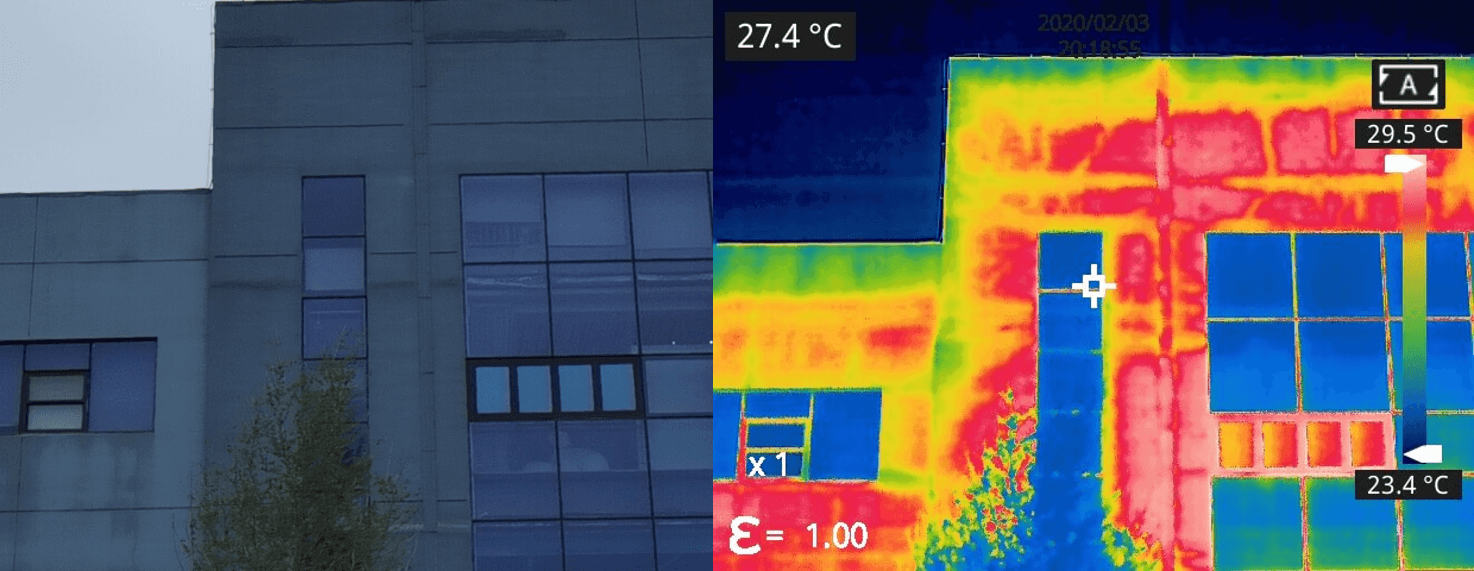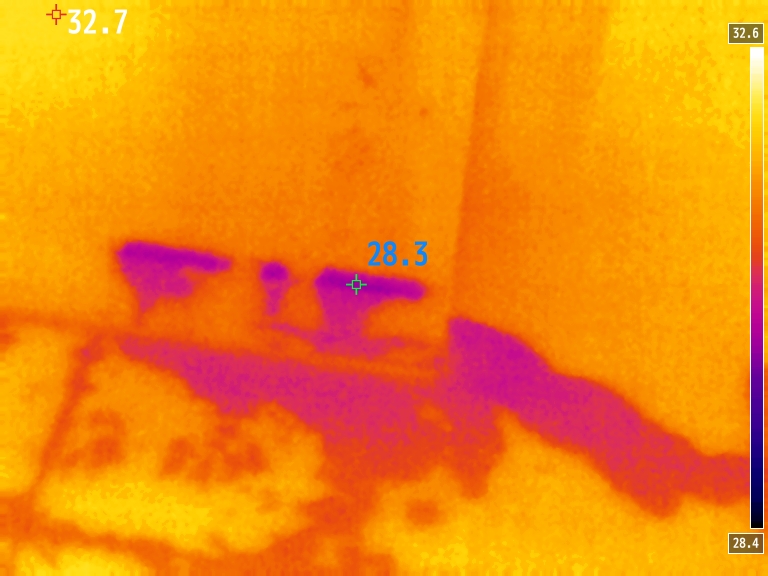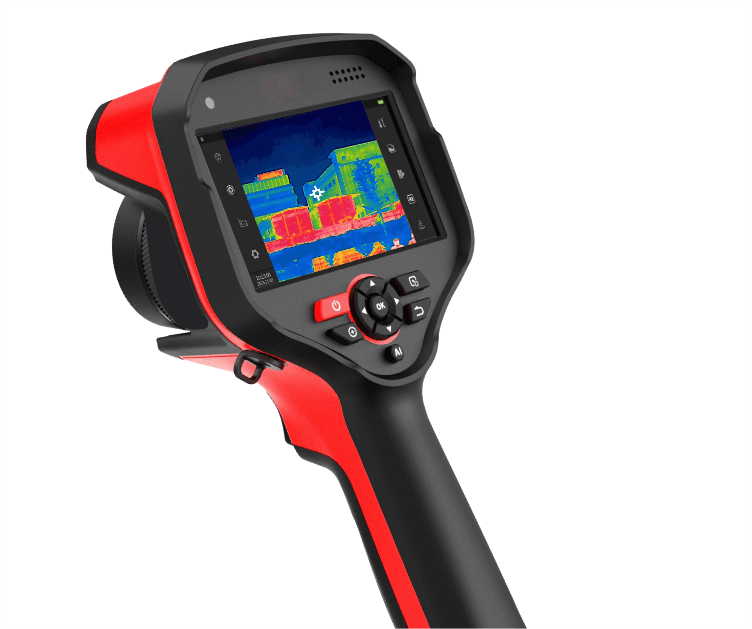
Thermal imaging cameras have transformed the way professionals assess and troubleshoot building structures in the field of building diagnostics. These advanced tools have made it easier to detect moisture issues, which can be a major concern for property owners. By capturing infrared radiation, thermal imaging cameras provide critical insights into energy efficiency, structural integrity, and hidden moisture problems. Whether you're an inspector, auditor, or facility manager, using a thermal imaging camera can significantly improve your diagnostic process. In this blog, we’ll explore how thermal imaging is used in building diagnostics and why it’s such a valuable tool.
What is Thermal Imaging?
Thermal imagers are devices that capture the infrared radiation emitted by objects and convert it into a visible image. Unlike traditional digital cameras that rely on visible light, thermal imaging cameras use heat signatures to create images. This technology has revolutionized many industries, making it possible to see what the human eye cannot. Initially developed for military and security purposes, thermal imaging has now found its way into various fields, including construction, energy auditing, and building maintenance. With thermal imaging, you can detect temperature variations, identify hidden issues, and make informed decisions about building health.
Key Applications of Thermal Imaging Cameras in Building Diagnostics
- Assessing Energy Efficiency: One of the most common uses of thermal imaging in buildings is conducting energy audits. By scanning doors, windows, and walls, thermal cameras can reveal air leaks, insulation gaps, and heat loss in HVAC systems. This helps in identifying areas where energy is being wasted, allowing for targeted improvements that can lead to significant cost savings over time.
- Detecting Moisture Issues: Moisture problems in buildings can lead to mold growth, structural damage, and even health hazards if left unchecked. Thermal imaging cameras are highly effective at identifying these issues because water absorbs and retains heat differently than dry materials. This makes damp areas appear cooler in thermal images, helping technicians pinpoint the exact location of leaks or moisture intrusion. Early detection through thermal imaging can prevent costly repairs down the line.
- Roof Inspections: Identifying roof problems without invasive methods can be challenging, but thermal imaging offers a non-invasive solution. It can detect hidden moisture, heat loss, and structural damage that may not be visible to the naked eye. This allows for early intervention and reduces the risk of more extensive repairs later on.
- Electrical System Checks: Electrical components in buildings can overheat due to faulty connections, overloaded circuits, or aging equipment. Thermal imaging cameras can quickly spot hotspots, helping prevent electrical fires and ensuring the safety of the building. Regular thermal inspections allow for proactive maintenance, saving both time and money in the long run.


Benefits of Using Thermal Imaging Cameras in Building Diagnostics
- Fast and Efficient: Thermal imaging allows for quick assessments of large areas with just one scan. Unlike traditional methods that require checking each component individually, thermal imaging provides a comprehensive view in seconds. This speed makes it ideal for large-scale inspections and real-time problem identification.
- Cost-Effective: Detecting issues early can save thousands in repair costs. Regular thermal imaging inspections help identify potential problems before they escalate, reducing the need for expensive fixes. This makes it a smart investment for building owners and managers.
- Non-Invasive: Traditional inspection methods often involve drilling holes or tearing down walls, which can be disruptive and damaging. Thermal imaging eliminates the need for physical intrusion, preserving the building's structure while still providing accurate results.
In conclusion, thermal imaging is a powerful tool in building diagnostics, offering a fast, safe, and effective way to evaluate a building's condition. From energy efficiency to moisture detection and electrical checks, thermal imaging provides valuable insights that can help extend the life of a building and ensure its safety. For professionals in construction, facility management, or real estate, integrating thermal imaging into routine inspections can lead to better maintenance practices and long-term cost savings.
Tempsens Instruments offers a range of high-quality thermal imaging solutions tailored for building diagnostics. Our Thermeye640 model features a resolution of 640x480, making it ideal for detailed inspections. The right resolution is crucial for capturing subtle temperature differences and identifying small issues before they become major problems. If you're looking for a reliable thermal imaging camera for your application, our team of experts is here to help. Contact us today, and we'll find the best solution for your needs.

Read more at : catalog/non-contact-temperature-sensors/thermal-imagers/portable-thermal-imaging-camera.html
Glass And Mos2 Filled PTFE,15% Glass Filled PTFE,Mos2 Filled PTFE,15% Glass 5% Mos2 Filled PTFE
LIAONING HUARI NEW MATERIALS CO., LTD. , https://www.ptfebush.com
![<?echo $_SERVER['SERVER_NAME'];?>](/template/twentyseventeen/skin/images/header.jpg)